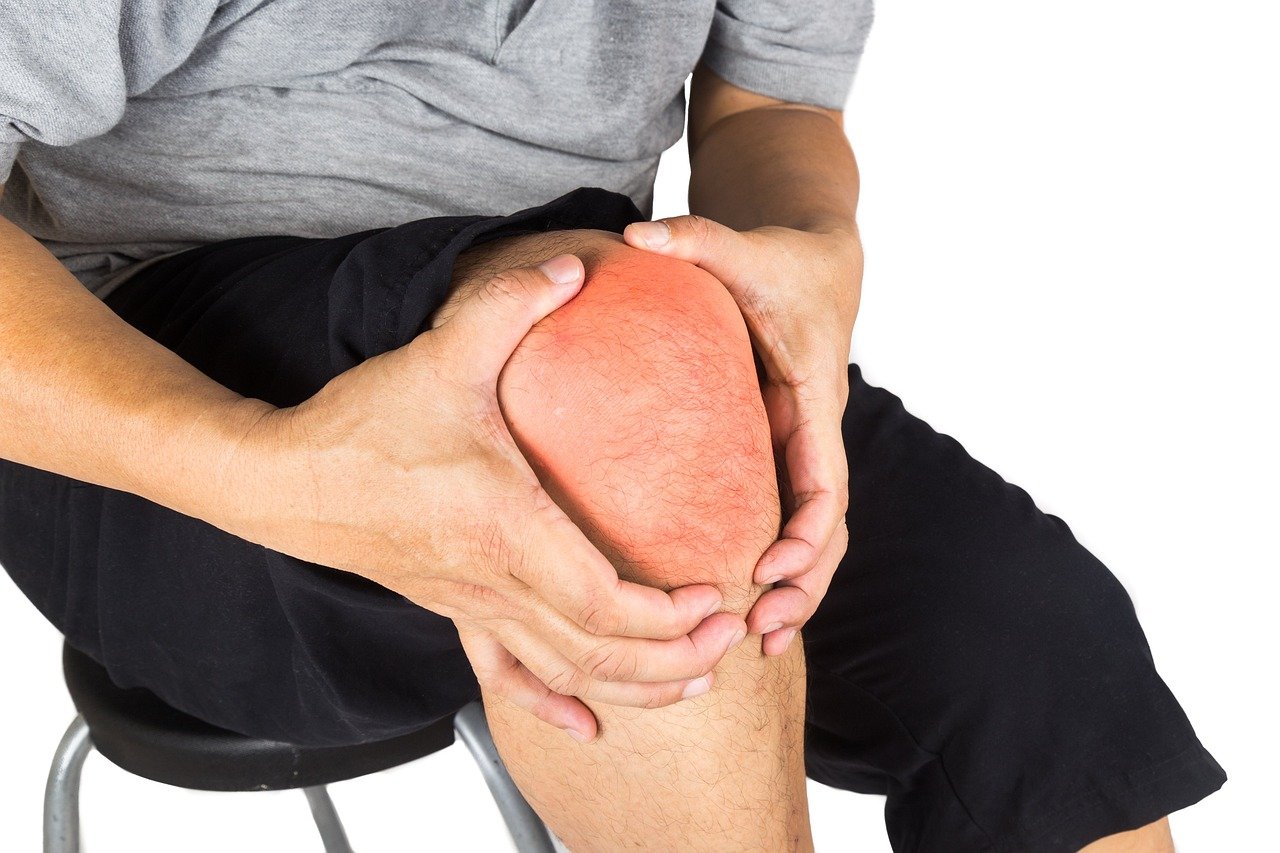Orthopedic OT

Unlocking Mobility: The Power of Orthopedic Occupational Therapy
Introduction to Orthopedic Occupational Therapy
Orthopedic Occupational Therapy (OT) is a specialized area of practice that focuses on improving the quality of life for individuals dealing with musculoskeletal conditions. Whether it’s a result of injury, surgery, or chronic illness, orthopedic Occupational Therapy aims to restore mobility, reduce pain, and enhance the ability to perform daily activities. This Page delves into the significance of orthopedic OT, its role in healthcare, and how it can benefit both healthcare professionals and consumers.
The Role of Orthopedic OT in Restoring Mobility
At its core, orthopedic Occupational Therapy is about making day-to-day life manageable and enjoyable for those suffering from musculoskeletal issues. Orthopedic OT practitioners are trained to assess and treat a wide range of conditions that affect bones, muscles, ligament, and joints. By focusing on individualized treatment plans, they help patients regain strength, flexibility, and function.
Conditions Treated and Techniques Used
Orthopedic Occupational Therapy covers a plethora of conditions, including but not limited to:
- Fractures and dislocations
- Osteoarthritis and rheumatoid arthritis
- Tendonitis and bursitis
- Post-surgical rehabilitation
- Joint replacements
In treating these conditions, orthopedic OT employs various techniques such as:
- Manual Therapy: Hands-on techniques to mobilize joints and soft tissues.
- Therapeutic Exercises: Customized exercise plans to improve strength and flexibility.
- Splinting and Bracing: Use of devices to support affected areas and prevent further injury.
- Pain Management: Techniques like heat/cold therapy and electrical stimulation to alleviate pain.

Benefits of Orthopedic Occupational Therapy
The benefits of orthopedic Occupational Therapy are manifold, making it a valuable asset in the healthcare toolkit:
- Restored Mobility: Helps patients regain the ability to move freely and perform daily tasks.
- Pain Reduction: Effective in managing both acute and chronic pain.
- Enhanced Quality of Life: By improving functional abilities, orthopedic OT significantly enhances overall quality of life.
- Customized Care: Tailored treatment plans that meet the specific needs of each patient, ensuring optimal outcomes.
How to Access Orthopedic Occupational Therapy
Accessing orthopedic Occupational Therapy is relatively straightforward. Here’s a step-by-step guide to get started:
- Consultation: Visit your primary healthcare provider for an initial consultation and referral.
- Assessment: An orthopedic Occupational Therapist will conduct a detailed assessment to identify your specific needs.
- Treatment Plan: Based on the assessment, a customized treatment plan will be developed.
- Ongoing Therapy: Regular sessions will be scheduled to implement the treatment plan and monitor progress.
Future Trends in Orthopedic Occupational Therapy
The field of orthopedic Occupational Therapy is continually evolving, with emerging trends promising even better outcomes for patients:
- Telehealth: Virtual consultations and remote monitoring are making orthopedic OT more accessible.
- Wearable Technology: Devices that track movement and provide real-time feedback are enhancing treatment precision.
- Regenerative Medicine: Advances in stem cell therapy and tissue engineering are offering new avenues for treatment.

How to Become an Occupational Therapist Focused on Orthopedics
For those interested in pursuing a career in orthopedic Occupational Therapy, here are the steps you need to follow:
- Education: Obtain a Master’s or Doctorate in Occupational Therapy.
- Licensure: Pass the National Board for Certification in Occupational Therapy (NBCOT) exam.
- Specialization: Gain experience in orthopedic settings and consider additional certifications in orthopedic OT.
- Continuous Learning: Stay updated with the latest research and advancements in the field.
Orthopedic OT
Orthopedic Occupational Therapy is an invaluable resource for healthcare professionals and consumers. By focusing on restoring mobility, reducing pain, and enhancing the quality of life, orthopedic OT practitioners play a crucial role in modern healthcare. As the field continues to evolve with new technologies and techniques, the future looks promising for both practitioners and patients.
If you’re considering integrating orthopedic Occupational Therapy into your practice or seeking treatment for yourself or a loved one, now is the perfect time to explore this transformative field.
